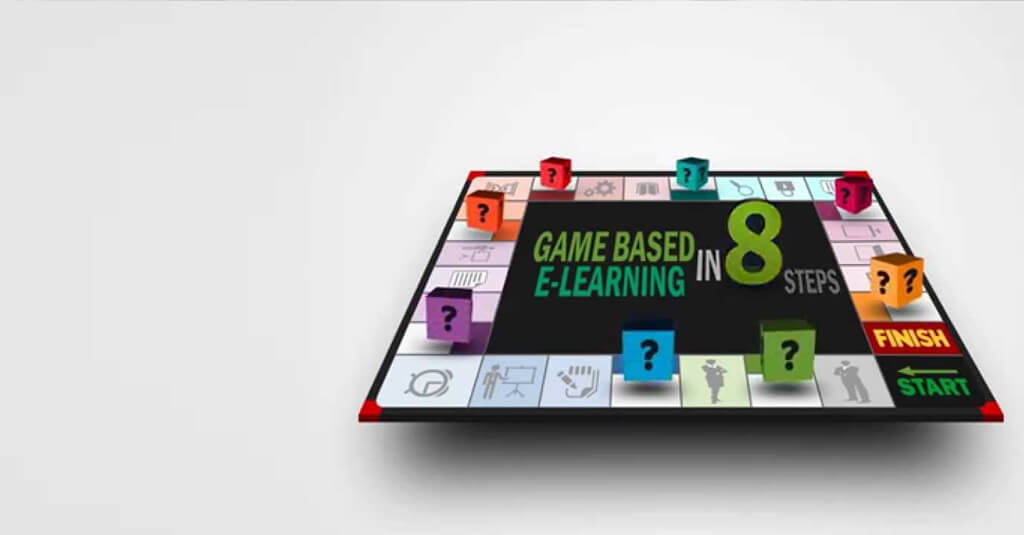In addition to the tremendous popularity and success of the the gaming industry, games are being utilized in learning and education as well. In corporate circles too game-based learning is fast gaining popularity for training and learning purposes. Though there are constant advances in the area of video game technology there is often a lag in research on its design and effectiveness. Many game developers who are experts in their area do not know which instructional design strategies to apply while designing game-based learning solutions. Therefore, to optimize the immense capabilities of game-based learning, it is necessary to explore all its capabilities. Only then the training function will be able to fully garner the power of game-based learning in the corporate sector.
Some developers find success in ID strategy that follows the 5Es of:
- Engage
- Explore
- Explain
- Elaborate
- Evaluate
- Engage: Though for learning games, the focus should always be on the learning itself, there should be some elements that engage the learner. The game-based learning platform in itself is new to the learner – though most of them play games for entertainment. The learning game should also have some elements that are familiar to what the learners experience at work or within their immediate environment. This familiarity forges a connection for the learners and they are able to utilize the game for learning – while having fun.
- Explore: The game should also have hidden elements and challenges that make the game more interesting. Learners get involved in the process of exploring the interactive elements and this contributes to the success of the game. But it is important to note that the level of complexity of interactions should depend on the learner group. If the challenges are too complex, the learners may get intimidated and not able to move forward or score well in the game. On the other hand, the challenges that are too easy can also make the learner rush through them and learn nothing.
- Explain: There should be ample instances in the game for the learner to find information on why what he did was right or wrong. This explanation is a great way of learning as it provides the suitable background as well as applauds the learner if he has done well or explains why he has not. This is necessary as most games are led by the learners themselves and they need re-enforcement within the tasks that they perform within the game.
- Elaborate: Further, game-based learning solutions can also have a resource section that has detailed documents or audio-visuals that provide additional information on the topic being taught. Not only can it help the learners score better in the game, but they can be a great learning resource in itself.
- Evaluate: There various ways that the learner can be evaluated on his or her performance in the learning game. Scores are often the most common method of evaluation. Though, other means like badges or certificates for completion can also be given – depending on the nature of the game. If the main objective behind creating the game is exciting learners or giving them a moral boost, then most game designers do not prefer to score the game. But if the aim is to give the learners a suitable push for winning, then scores provide the necessary competitive edge.
In addition to game-based learning solutions, the mechanics of gaming are now being utilized within other learning platforms, including the LMS. The gamification of the LMS provides a suitable push for learning through incentives – both within the LMS like badges or certificates or real benefits like coupons or gifts – as an individual learner or a learner group. This creates healthy competition between learners as well as a sense of achievement for all.








